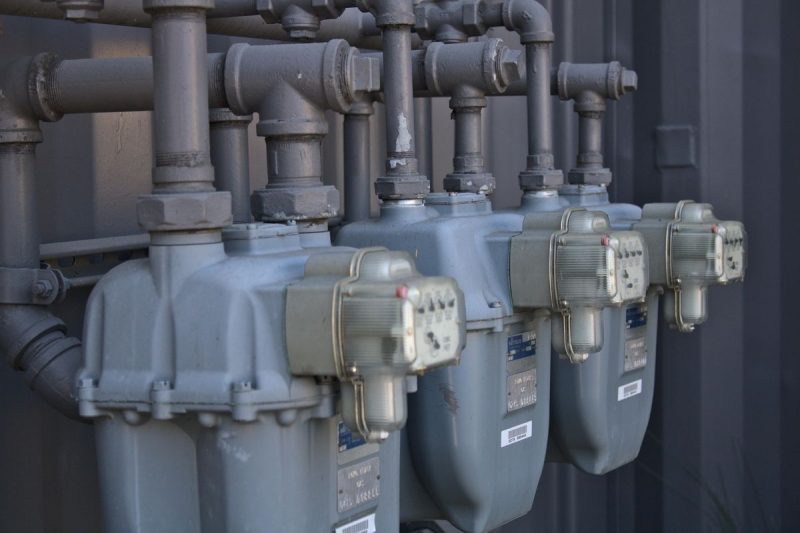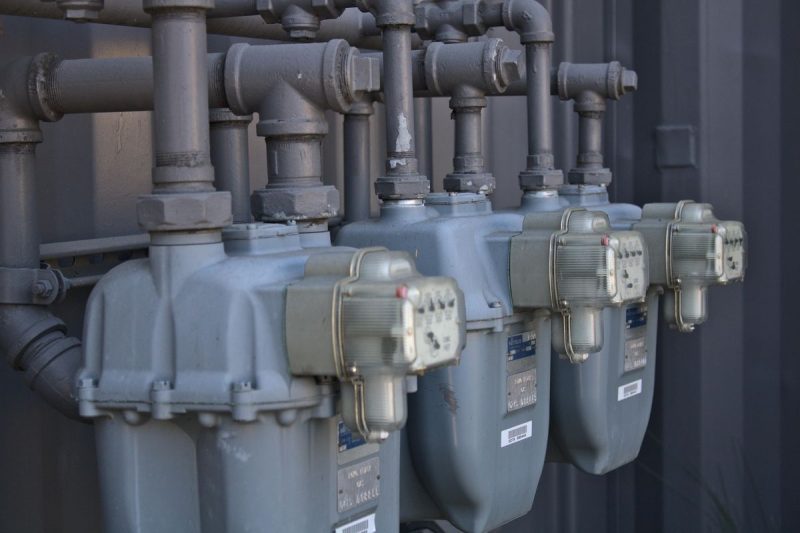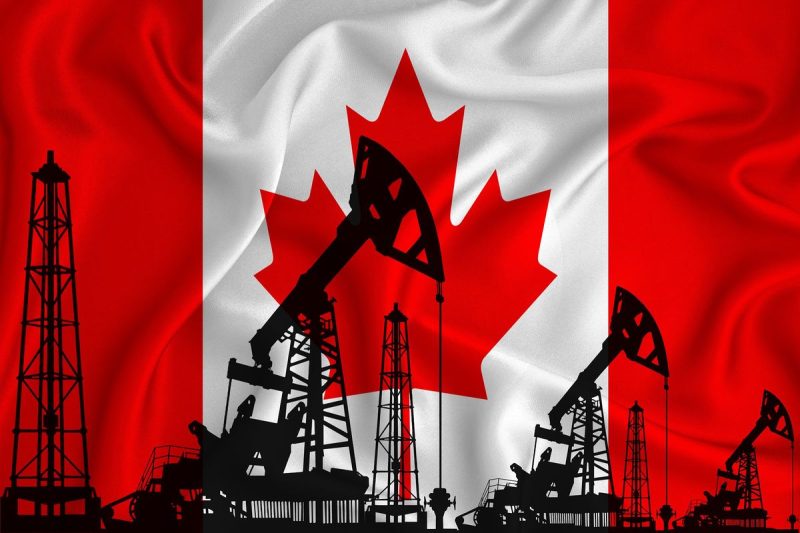10 Natural Gas Facts for Investors (Updated 2023)


After trading at historical lows for a number of years, natural gas prices experienced exponential growth in 2021 and 2022. While those high prices have abated, the supply and demand fundamentals for the natural gas industry are expected to fare well in the coming years.
The US Energy Information Administration (EIA) predicts that the Henry Hub natural gas spot price will rise moderately through 2023 and 2024, although nowhere near the highs seen in 2022. The EIA notes that US natural gas production rose steadily alongside oil production in the first half of 2023, and it sees output remaining flat throughout the remainder of 2023 and through 2024.
Natural gas is used primarily as a heating fuel and to generate electricity. In fact, natural gas is currently the most widely used fuel for space heating in the US, and it has also started to beat out coal as the top fuel for electricity generation. Before jumping into the space, here are 10 more basic natural gas facts to know.
1. Natural gas is lighter than air
Natural gas is a mixture of methane and other naturally occurring gases; it is lighter than air and needs to be cooled to -260 degrees Fahrenheit before it becomes liquid. Liquefied natural gas, or LNG, takes up significantly less volume, which is useful when transporting the fuel.
2. Natural gas has no odor
Some might be surprised to know that natural gas is completely odorless. In order to allow for the detection of natural gas leaks, companies add the chemical mercaptan, which gives the gas a rotten egg odor.
3. Natural gas and oil occur together
As fossil fuels, both crude oil and natural gas are formed via the same geological process. It isn’t surprising then that the two materials are often found together. Deposits that are richer in natural gas are referred to as natural gas fields, while those richer in oil are known as oil fields.
4. Natural gas used in manufacturing
In addition to being used as a fuel for power generation and for heating homes, natural gas is used to manufacture various products. According to the International Energy Agency (IEA), natural gas is a key component in the production of ammonia. It’s also used to make products such as vinyl flooring, carpeting, Aspirin and artificial limbs.
5. Natural gas is used as vehicle fuel
Natural gas vehicles only make up a small portion of vehicles on the road, but are known to create fewer emissions than traditional petroleum-based vehicles. Natural gas vehicles are a good choice for high-mileage fleets that are centrally fueled.
6. Natural gas hydraulic fracturing can cause earthquakes…
Scientists have long known that hydraulic fracturing operations, or fracking, can cause small earthquakes near drilling and extraction sites. The process uses high-pressure water to fracture shale formations and release the oil and gas inside.
In 2014, Scientific American reported on a study that suggests fracturing liquid injections could be responsible for much farther-reaching and more potentially devastating quakes. However, scientists are still unsure about exactly how larger fracking quakes are caused. ‘There’s urgent scientific research right now which is focused on trying to find better ways to identify these features in advance,’ David Eaton, a University of Calgary geophysicist, told the Canadian Press.
Further studies linked hydraulic fracking wells to small earthquakes in Ohio, Pennsylvania, West Virginia, Oklahoma and Texas. ‘The (fracking) seismic signature when you look at it in a sort of timeline shows these bursts of seismicity, hundreds or sometimes thousands of events over a couple of days or weeks, and then it’s quiet again. You don’t tend to see that pattern with wastewater disposal,’ Michael Brudzinski, a seismologist from Miami University in Ohio, explained.
7. …and has been controversial for other reasons too
The potential for earthquakes caused by natural gas fracking is not the only reason that the process draws controversy. It uses a number of industrial chemicals, and opponents fear the contamination of drinking water from these substances.
Critics are also against the amount of water used in fracking operations. For instance, the US Department of Energy notes that drilling and fracturing a horizontal shale gas well usually requires upwards of 4 million gallons of water. On the other hand, the department points out that this amount is small compared to what is used in other industries, such as agriculture.
Storing the water or fracturing fluid after extraction is also a contentious issue.
8. However, natural gas is also known as a ‘clean energy’ fuel
Despite being a fossil fuel, another natural gas fact is that the fuel is often pegged as a ‘cleaner’ energy option than coal or oil. According to the EIA, the burning of natural gas for power emits fewer greenhouse gas emissions and pollutants, since it burns more easily and contains fewer impurities than other fossil fuels. The EIA also notes that natural gas produces less carbon dioxide per equivalent amount of heat production.
9. Natural gas demand is growing, both in the US and globally
While natural gas plays a large role in space heating, it is also growing in importance as a fuel for power generation — as mentioned, it has started to beat out coal as the top fuel for power generation in the US.
Even with production growing at a rapid rate in the country (the US shifted from being a net importer to a net exporter of natural gas at the close of 2018), McKinsey & Company argues that there will be plenty of growing demand abroad. According to the firm, natural gas is expected to be the only fossil fuel to experience demand growth through 2035.
10. Natural gas prices are tied to the weather
Last on our natural gas facts list is that, because natural gas is used extensively for heating homes, natural gas prices can rise or fall depending on the weather. Colder winters can drive up natural gas demand for heating purposes while unseasonably warm winters can have the opposite effect. Other factors, such as the price of oil and competing energy sources, will also affect natural gas prices.
Securities Disclosure: I, Melissa Pistilli, hold no direct investment interest in any company mentioned in this article.



